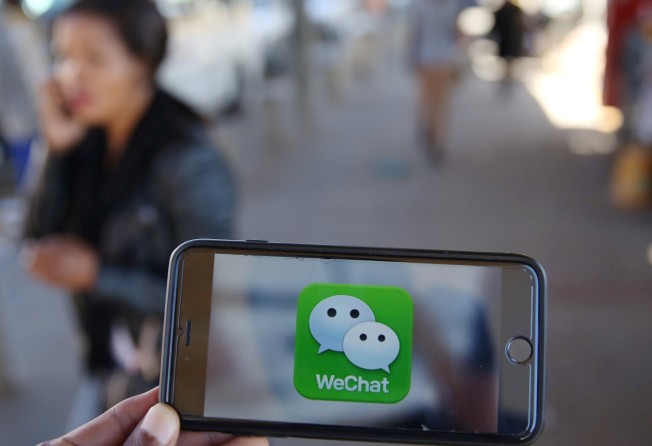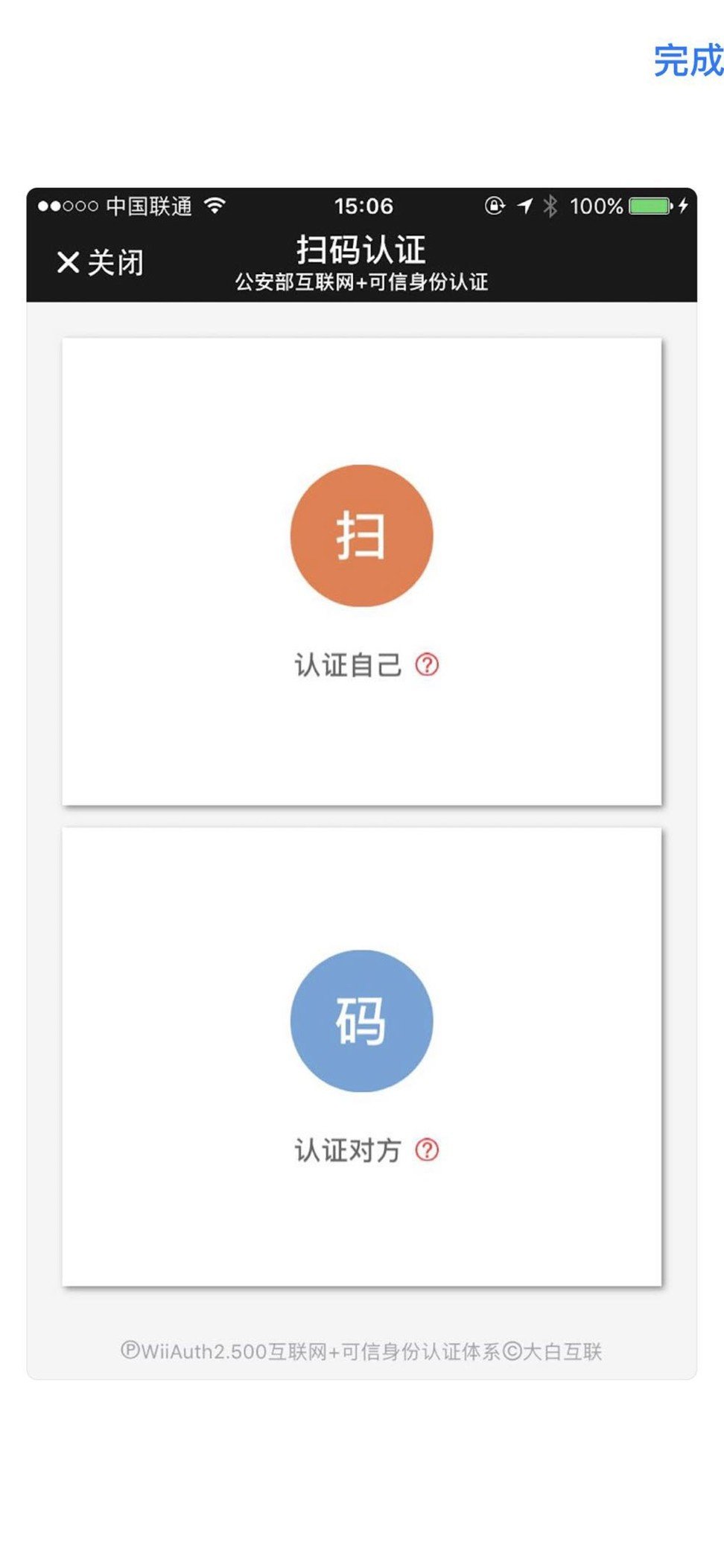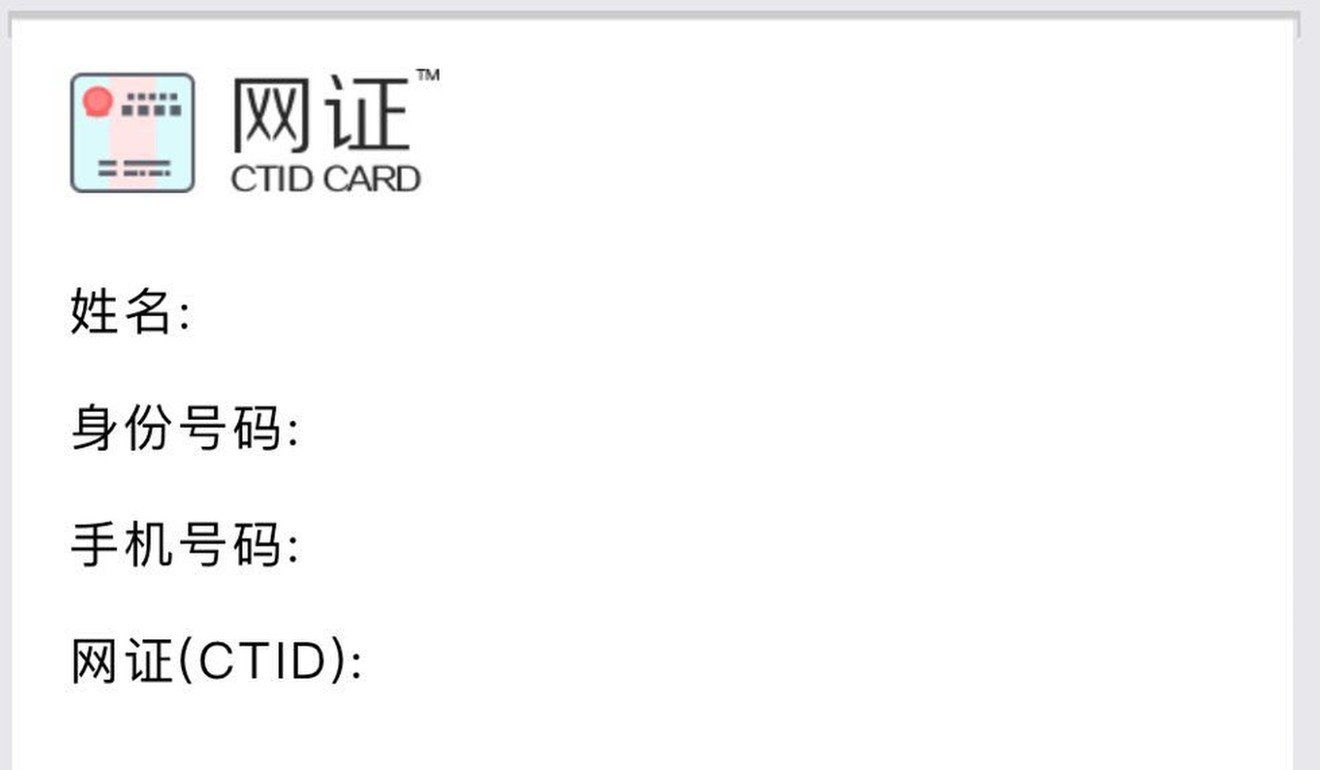
A look at China’s push for digital national ID cards
China has embraced mobile internet-based services because they improve convenience and access to services. Now the government is taking a step toward streamlining bureaucracy by digitising the national ID card, which is needed as proof of identity for many types of transactions

Can digitisation be applied to burdensome and largely paper-based transactions to help China’s government streamline its bureaucracy and better deliver services to 1.4 billion people? The world’s most populous country is taking the first step in Nansha district in Guangzhou, by introducing a virtual version of the national identification card with the full acceptance and validity as the physical card.
What are national ID cards and what are they used for?
Every Chinese national in mainland China has to apply for a Resident Identity Card upon reaching the age of 16. This national ID card is an official document for personal identification issued by the Public Security Bureau.
The current ID card is the second-generation version that features an embedded chip and digital encryption. The card contains personal information including the individual’s full name in Chinese characters, gender, ethnicity, date of birth, domicile, identification number, and a colour photo. The ID card is used for purposes including the obtaining of residence permits and driving licenses, opening of bank accounts, checking into hotels, purchasing high-speed railway tickets and boarding domestic flights.

Why is China issuing digital versions of the ID cards and what are the benefits?
China is issuing digital versions of the national ID card as an alternative to the physical cards in use. The project is backed by the Ministry of Public Security’s Research Institute and other bodies such as major Chinese banks.
The government is working with Tencent’s WeChat, marketed as Weixin on the mainland, to host the digital card as it is the most popular messaging app in mainland China. The company recorded 980 million monthly active WeChat users in the quarter ended September 30, compared with the 1.3 billion population in the country. Almost everyone who owns a smartphone has at least one WeChat account.
In the future, people will no longer have to carry along their physical ID cards and can instead just use the digital ID on their smartphones. It will also reduce paper-based transactions and make online transactions more convenient by removing the need to scan-and-send physical ID cards.

Where can these digital ID cards be used? Do they have the same legal acceptance as the physical cards?
The WeChat ID card can replace the physical ID cards for purposes such as hotel registration, ticketing, bank services, and delivery services, where real-name authentication is required, according to the government.
Currently, WeChat users are able to get two versions of the digital ID card. The colour ID card requires the applicant to undergo authentication at government-designated service points and is accepted at government departments via a QR bar code that is stored in the smartphone app. Scanning the bar code presents verified information such as name and ID number.
Users can also apply for a black-and-white ID card instantly in WeChat, but this has more limited acceptance as it does not undergo physical verification at government-appointed agencies. This type of ID is aimed at more casual use and won’t be accepted as proof of identity in commercial transactions with government departments, such as registering a company.

How can I get a digital ID card?
Applicants need to have an official Chinese ID card issued by the government to apply for the digital version. They have to install an “Weijing Authentication” app on their smartphones, which will ask users to register an account with their personal ID information and mobile phone number.
Next, applicants must bring their physical ID cards in person to complete authentication at a Weijing Authentication terminal machine. There are dozens of self-service authentication machines scattered throughout Guangzhou city, mostly in government-designated administrative service centres open to residents. The locations of these terminals can be found in the Weijing app.

What is the plan for the national digital ID card roll-out? Is the digital card widely accepted?
The first WeChat ID card was launched in Nansha district of Guangzhou in late December, and the government plans to roll out the programme throughout the country from January this year.
As with most pilot projects, the acceptance for virtual ID cards remains limited at the start. According to a staffer working at the government service centre in Nansha, the WeChat ID currently only works at some government service departments located within the service centre.
Checks with several hotels, telecoms operators and banks in the Nansha district showed they do not yet accept the WeChat ID as an official approved document.